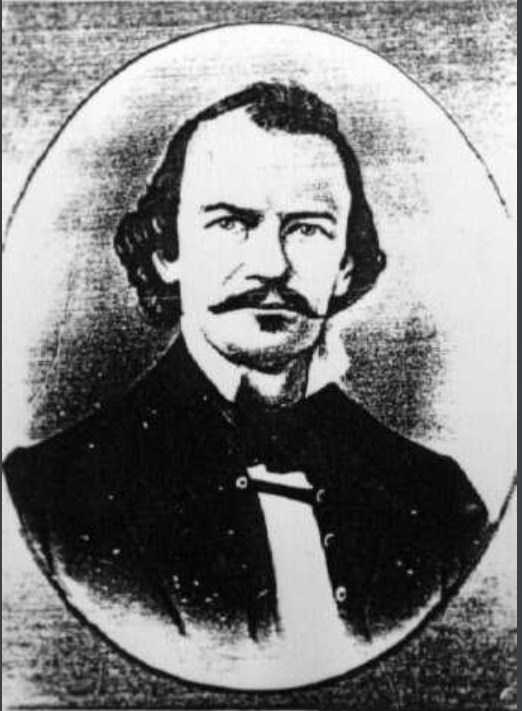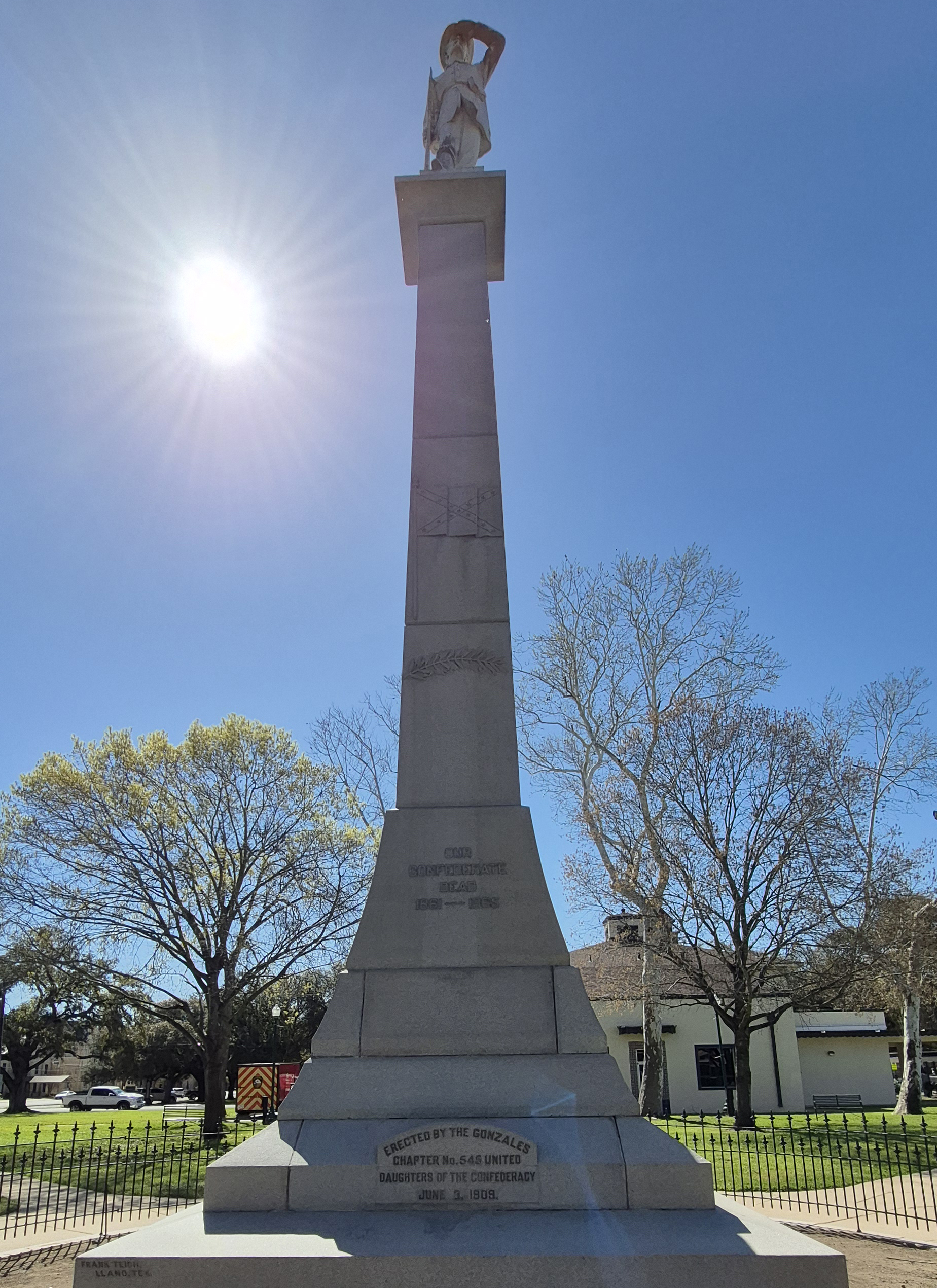Nestled along the winding Guadalupe River, Gonzales, Texas, is a town rich in Southern heritage. Known as the “Lexington of Texas,” it was here that Texians first stood their ground against Mexico in 1835, raising the now-iconic “Come and Take It” flag. Beyond its role in Texas independence, Gonzales Confederate history is deeply rooted in the bravery of its soldiers, the contributions of Hood’s Brigade, and the legacy of the J.C.G. Key Camp. From the fight for liberty to the War Between the States, Gonzales has remained steadfast in its devotion to honor, state sovereignty, and the proud traditions of the South.
John C. G. Key: A True Southern Patriot
John Cotlett Garrett Key, born in Edgefield District, South Carolina, in 1809, was a lawyer and soldier whose legacy became deeply tied to Gonzales. After practicing law in Louisiana, he settled in Texas, where he would play a pivotal role in the Civil War.
At the outbreak of the war, Key organized and led Company A, Fourth Texas Infantry, part of the famed Hood’s Brigade. His leadership and bravery were evident on the battlefield, earning him promotions from major to colonel. Wounded at both Gaines’ Mill and Gettysburg, his injuries forced him to retire from active service in 1864. Key returned to Gonzales, where he lived until his passing in 1866.
To honor his service, local veterans established the John C. G. Key Camp No. 156, United Confederate Veterans (UCV). The camp became a driving force in preserving the memory of Gonzales’ Confederate soldiers, ensuring their sacrifices would never be forgotten.

A Monument to Southern Valor
In keeping with its heritage, Gonzales became the smallest town in Texas to erect a Confederate monument. Fundraising efforts began in 1903, led by the Gonzales Chapter No. 545, United Daughters of the Confederacy (UDC). The monument was unveiled on April 10, 1910, standing 40 feet tall, topped with a Carrara marble statue of a Confederate soldier.
The dedication ceremony was a moment of deep Southern pride, drawing an estimated 4,500 attendees. The event featured a street parade, a barbecue dinner hosted by the fire department, and stirring speeches. Veterans from the J.C.G. Key Camp No. 156, UCV were present, their voices still strong with the Rebel Yell as they honored their fallen comrades.
Mrs. B. B. Hoskins, Sr., President of the Gonzales Chapter No. 545, UDC, delivered a heartfelt speech:
“Had our hearts’ wishes been fulfilled, this Confederate monument would have been made of burnished gold, studded with precious stones, and reaching as high as the heavens.”
“Lest We Forget”

Etched into the monument’s base are the solemn words:
“Our Confederate Dead, 1861-1865.”
“Lest We Forget.”
These are not just words—they are a sacred vow. The men of Gonzales County—who stood in Hood’s Texas Brigade, who crossed the Mississippi to fight for their homeland, who faced overwhelming odds without faltering—deserve nothing less than eternal remembrance.
General J. B. Polley, himself a veteran of Hood’s Brigade, addressed the crowd with a stirring tribute, recounting the courage and sacrifice of the Confederate soldier. When the veil was lifted, revealing the monument’s soldier standing in silent vigilance, cheers and the Rebel Yell rang out once more across Texas soil.
A Legacy Carved in Stone
That day, Gonzales did more than unveil a monument—it reaffirmed its place in Southern history. The J.C.G. Key Camp No. 156, UCV remained dedicated to preserving this legacy, ensuring that future generations would remember the valor of Gonzales’ Confederate soldiers.
Even now, the Confederate monument stands in the heart of Gonzales, a sentinel of Southern heritage. It reminds us that the struggle was not just one of battle, but of principle and identity.
May we, as proud Southerners, always honor the courage and sacrifice of the men in gray. Let the Rebel Yell never be silenced, and let our history be told with the same fire that once burned in their hearts.

